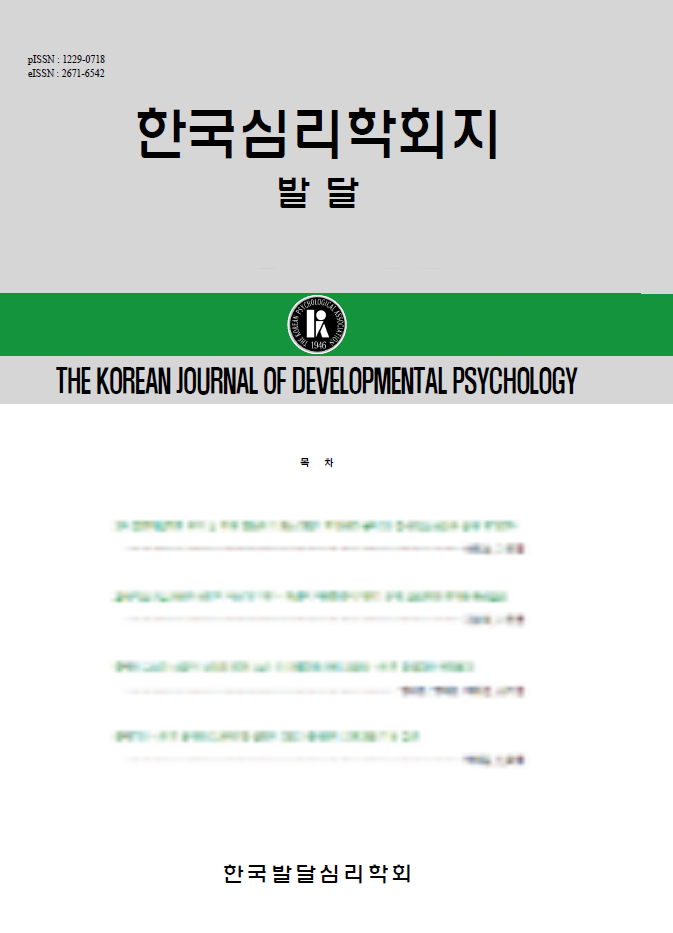open access
메뉴
open access
메뉴 ISSN : 1229-0718
ISSN : 1229-0718
This study aims to explore the relationships among intelligence, learning/transfer ability and learning potentiality. The subjects of this study were 265 children selected from 3 kindergardens and 3 nursery schools. Instruments for the study were KEDI-WISC( Verbal scale, Performance scale) and test of learning potentiality by Bryant et al.(1985) which was modified by these authors. The major statistical methods for the analysis were correlation, multiple regression and t-test. The major findings of this study were as follows; First, assistance needed in learning was negatively related the Performance IQ(p<.001). The children who gained high scores in Performance Scale needed less assistence than those of low score children to achieve the same mastery level. And the Performance IQ accounted for 17% of the variance of training and the Verbal IQ a further 1%. Second, assistance needed in transfer was negatively related both the Performance IQ and the Verbal IQ(p<. 001). The children who gained high scores in both scales required less assistence than those of low score children to achieve the same mastery level. And the Performance IQ accounted for 14% of the variance of transfer and the verbal IQ a further 2%. Third, assistance needed in both training and transfer were negatively related in IQ(Performance and Verbal). Higher IQ children required less assistance than low-IQ children to achieve the same mastery level. Finally, IQ accounted for 6% of the variance in learning potentiality and both the transfer and the training a further 15%.
